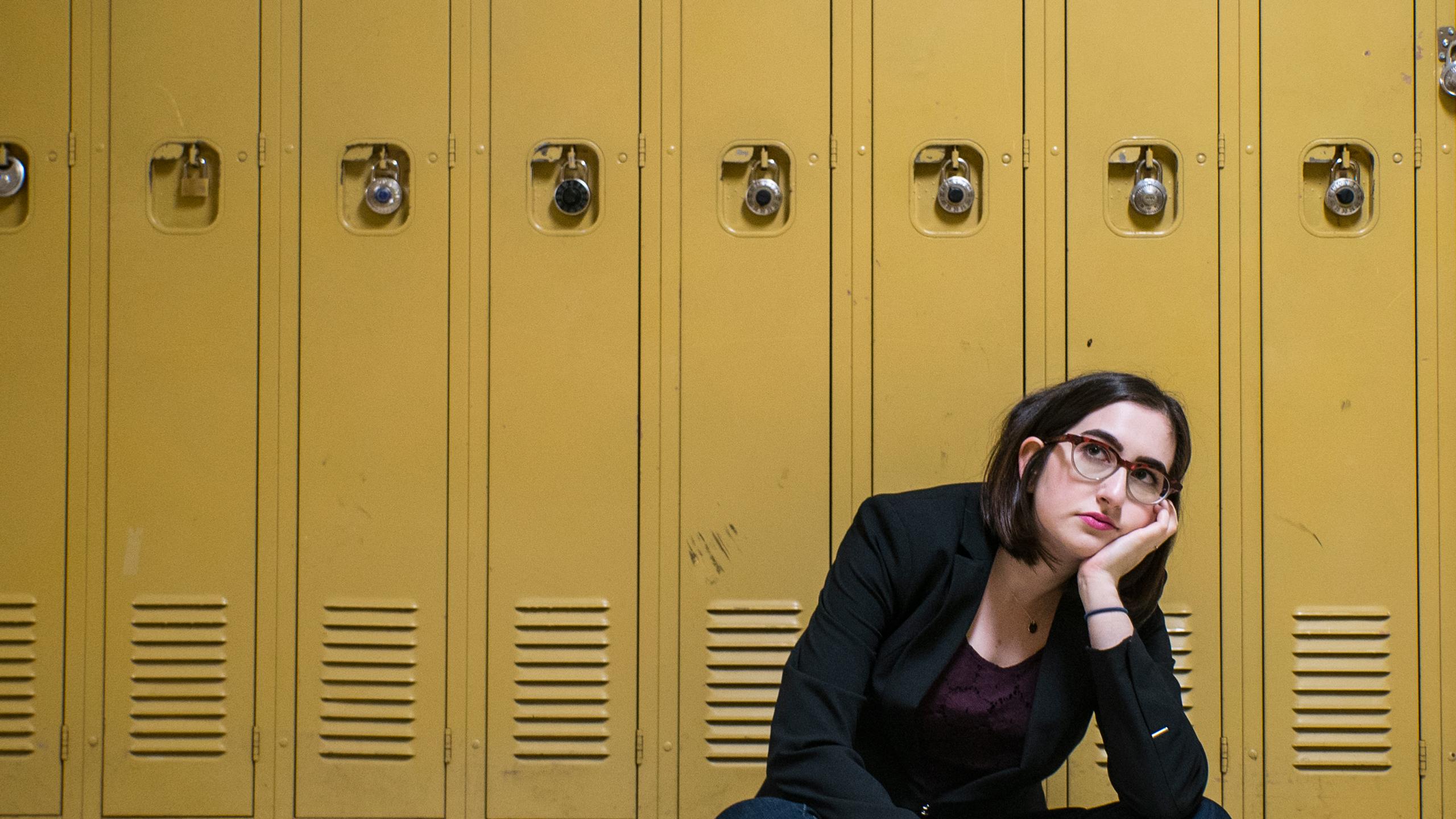By Premila D’Sa
In his 2007 report tilted A Brief History of Ryerson, Ryerson archivist Claude W. Doucet described the conception of the school as an “experiment in postsecondary education.” It was built in 1948 as a place that merged trade skills (Ryerson appealed to the post-war economy) with humanities.
We hear some form of that description nowadays too—“Ryerson offers hands-on programs.” But the university has changed drastically since its founding, dropping its old curriculum framing. Ryerson is now a proper academic institution with a sprawling downtown campus, and hundreds of thousands of dollars of funding for its incubators and programs. Yet, all it takes is one disgruntled student yelling “Rye High” or a walk down the high school duplicate hallways of Kerr Hall to be reminded that this place isn’t supposed to be an Ivy League institution. Perhaps the school is maintaining that reputation on purpose.
Doucet said in the report that Ryerson initially offered short trade-oriented programs which they picked specifically based on what the job market needed. They were looking for students to come in, go out and get a job.
The closest Ryerson came to establishing “academic” prestige in its early years was when Howard Kerr, the then-president (and yes, the same guy Kerr Hall is named after) enacted a strict uniform policy. Men had to wear dress shirts and ties or they wouldn’t be allowed to enter class. It was Kerr’s attempt at “boosting” the image of the school, said former history professor Ronald Stagg, who wrote his own account of the school in the mid ‘90s. The strategy worked with parents and employers, Stagg said, who “commented on how much more professional Ryerson students appeared than those at other institutions.”
But the uniforms are still reminiscent of high school environments, where authorities can still implement a student dress code. Ryerson carried on the policy until the 1960s, when it was stopped by students who were increasingly becoming more rebellious with how they dressed.
Rebellion seems to be engraved into the very conception of the school. Looking through Ryerson’s history, one thing is pretty clear—the school didn’t care about modelling itself after existing colleges and universities, even if others couldn’t see what it was supposed to be.
And they couldn’t—in his account of Ryerson’s history, Stagg said that the school was given five years by politicians to prove itself or they’d close the school. Besides politicians, the schools also faced pushback from others in the academic field who “saw no need” for Ryerson’s new postsecondary education system.
“The process of responding to perceived needs of the society is not, however, a haphazard process, driven by momentary fads,” said Stagg. He explained that Ryerson’s founders, especially its driving force Howard Kerr, saw a school that served society’s need rather the pursuing the acclaims of academic elitism. That’s kind of cool.
Ryerson students have the benefit of not dealing with the pressure of their school’s reputation, the same way students at the University of Toronto do.
If Ryerson was an experiment, it’s been a pretty successful one. A proud legacy of being “a hybrid” between a high school and a college is still something that the school can advertise.
With Ryerson’s recent attempts to rebrand itself as a powerhouse university getting axed (RIP Brampton campus), it’s going to need some reputation to hold on to.
Rye High it is.











Leave a Reply